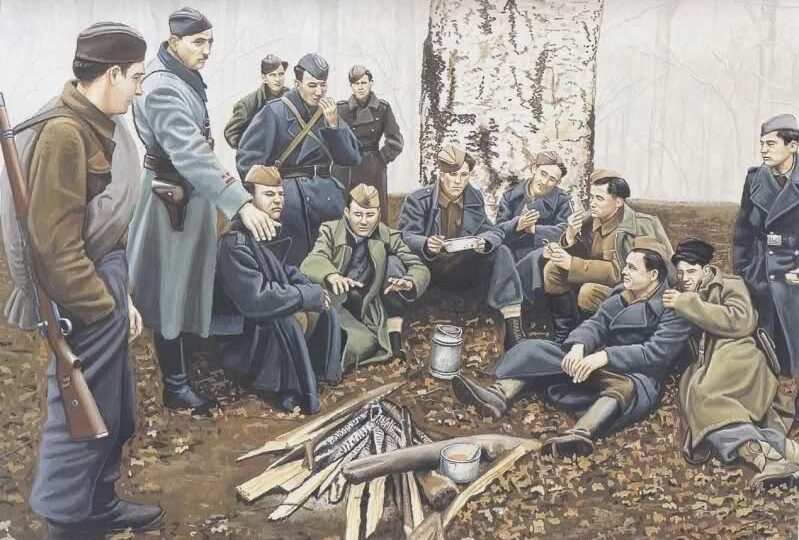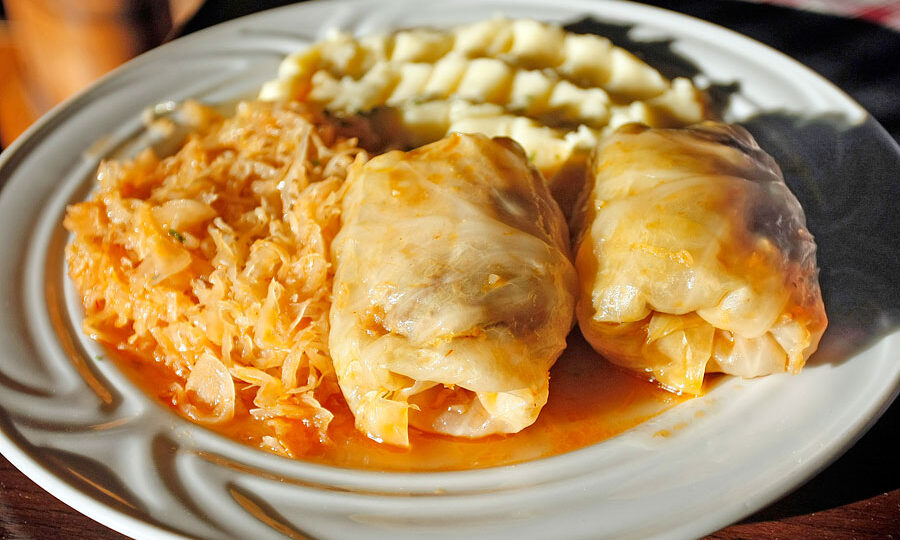Military operations in World War II in Yugoslavia began on 6 April 1941, when the Kingdom of Yugoslavia was swiftly conquered by Axis forces and partitioned between Germany, Italy, Hungary, Bulgaria and client regimes. Subsequently, a guerrilla liberation war was fought against the Axis occupying forces and their locally established puppet regimes, including the Independent State of Croatia and the Serbian Government of National Salvation, by the KPJ-led republican Yugoslav Partisans. Simultaneously, a multi-sided civil war was waged between the Yugoslav communist Partisans, the Serbian royalist Chetniks, Croatian fascist Ustaše and Home Guard, as well as Slovene Home Guard troops.
We have listed 10 things that each Yugoslavian soldier wore at the beginning of WWII:
1. “Titovka” was a famous green cap characteristic of the Yugoslav Partisans during World War II, and later the Yugoslav People’s Army. It was based on the Russian pilotka, and often had the red star badge on the front. It was named after the Partisan leader and President of Yugoslavia, Marshal Josip Broz Tito.
2.The M35 hand grenade, which was being produced in Kragujevac. Later, partisans have organized their production of these bombs.
3.Weapons that were usually worn by partisans. In the illustration, the Italian rifle “Carcano” M1891 caliber 6.5mm
4.Three-pointed cap popularly called “Triglav cap” to the highest peak in Slovenia. Such as a cap made anti-fascist fighters of the Spanish Civil War and the first Junos Croatian partisans. Since 1944, it replaced the cap “Titovka” a smooth edge.
6.Since August 1943, established the order of partisan medals. The illustration is one of them “partisan star of the first degree” for bravery and merit in combat. The medal was created by sculptor Anthony Augustinčić. Since the summer of 1944 medals were made in the Soviet Union.
7.The first partisan ranks were created in the fall of 1941. Since the beginning of 1942 until the end of 1943 to use the ranks as illustrated. The first is the rank of corporal.7b. Sergeant,7c. Deputy Sergeant company,7d. Company sergeant,7e. The deputy commander of the battalion,
7f. The battalion commander,
7g. Deputy Commander of the detachment,
7h. The commander of the detachment.
9.The rifle that was under Belgian license for the “Mauser” M24 were produced for the Yugoslav army in the weapons factory in Uzice in Serbia. The Partisans in 1941, a time occupied the arms factory in Uzice where they produce 21,040 rifles M24, called “partisan” and 2.7 million bullets caliber 7.92mm.
10.Very appreciated partisan weapon German MG34 light machine gun by partisans popularly called “Šarac”. To capture “SARC” might be getting a medal, but for his loss to go to court martial. Among partisans some machine gunners on “SARC” have become legendary.







